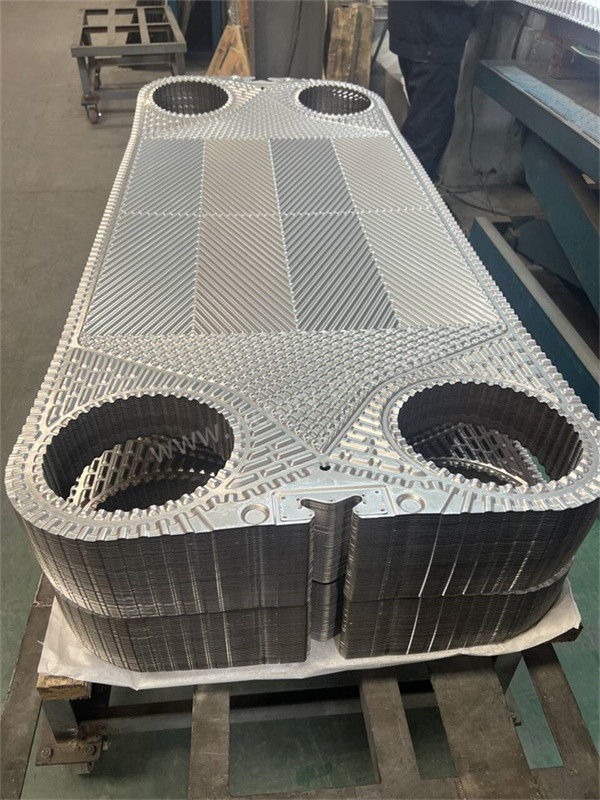Changzhou Victory Technology Co., LTD |
|
Verified Suppliers
|
|
Product Description
Heat Recovery Cooling Alfalaval Heat Exchanger Plate With SS316 SS304 Titanium Material
Heat Exchanger Plates
| Brand | Model |
| Alfalaval | M3,M6,M6-D,M6M,M6MC,M10B,M10M,M15B,M15M,M15MC,M20M M20B,MX25B,MX25M,M30,TS6,TL6B,TS20,TL10B,TL10P,T20B,T20M, T20P,TL35B P16,P26,P36,AK20,JWP26,JWP36,M6MW,M10BW,MK15BW |
| Material | Specification |
| Stainless Steel | SUS304 316 316L 310S 904 |
| Titanium and titanium-palladium alloy | TAi TAi-Pd |
| Hastelloy | C276 D205 B2G |
| Nickel | Ni200 Ni201 |
| Molybdenum | 254 |
Products are mainly suitable for Alfalaval/ACCESSEN/GEA (Kelvion)/ APV/ Sondex/ Tranter/ Hisaka/ API/ Funke/ Vicarb/ Mueller/ SWEP/ Fischer/ AGC/ Thermalwave/ ITT/ LHE/ DHP, etc.
Applacations
| Plate material | Suitable for fluids |
| Stainless steel (SUS304.316, etc.) | Purified water, river water, edible oil, mineral oil |
| Titanium and titanium palladium (Ti, Ti-Pd) | Sea water, salt water, salt compounds |
| 20Cr,18Ni,6Mo(254SMO) | Dilute sulfuric acid, dilute salt aqueous solution, inorganic aqueous solution |
| Nickel (Ni) | High temperature, high concentration caustic soda |
| HASTELLOY alloy (C276, D205, B2G) | Concentrated sulfuric acid, hydrochloric acid, phosphoric acid |
Plate heat exchanger plate thickness configuration
Production Process:

